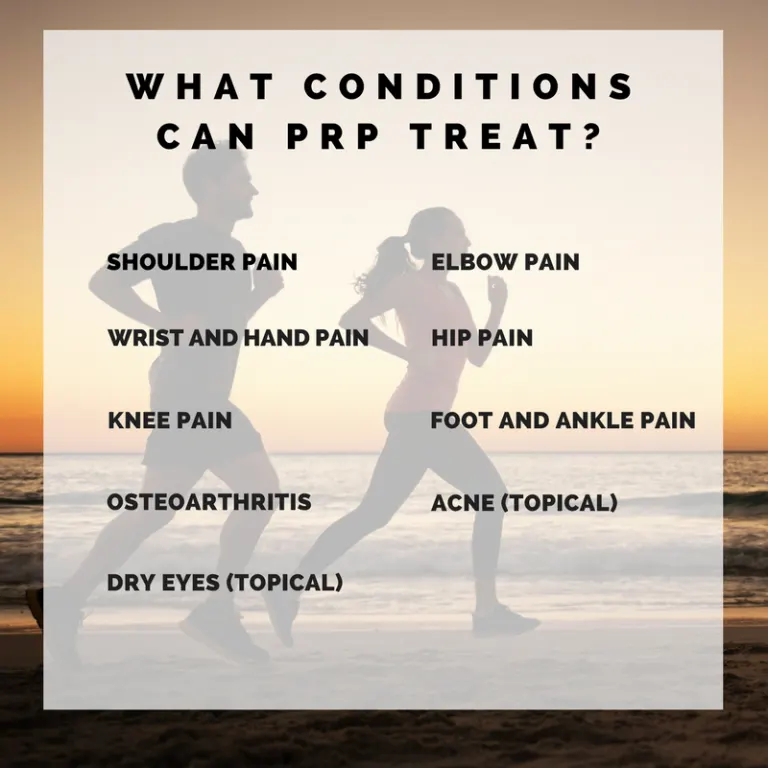 What can be more natural than using your own body’s natural healing properties to stimulate healing? Instead of taking drugs or another artificial means of treatment, Platelet Rich Plasma makes use of your body’s natural ability to heal itself. By concentrating healing properties and applying them directly to injured tissue, we can initiate or speed up healing in a previously unresponsive tissue or joint.
What can be more natural than using your own body’s natural healing properties to stimulate healing? Instead of taking drugs or another artificial means of treatment, Platelet Rich Plasma makes use of your body’s natural ability to heal itself. By concentrating healing properties and applying them directly to injured tissue, we can initiate or speed up healing in a previously unresponsive tissue or joint.
At our mutli-specialty wellness clinic, we have seen an explosion of interest in Platelet Rich Plasma procedures and we’re excited to offer another treatment option that supports our mission of natural healing. Our patients have experienced fantastic results since we began offering Platelet Rich Plasma in mid 2017.
PRP treatment requires a 2-step procedure: Harvesting and Administration
The PRP is harvested initially by drawing blood from the patient’s own body and spinning it down in a high-speed centrifuge. This divides the blood into red blood cells at the bottom and plasma at the top of the tube. In the middle is a thin layer of platelet rich plasma that contains super concentrated healing constituents such as growth factors, cytokines, and platelets. These goodies are then carefully extracted and drawn into a tube, ready to be injected in inflamed, injured and degenerative ligaments, muscles or joints.
The second step is administering the PRP concentrate with an injection (in most cases). Our clinic uses an ultrasound to guide and confirm the medical provider is in the exact, desired location. Seeing the needle in the right location removes the chance of a patient having a variant in their anatomy that causes the provider to miss their mark. You won’t find an ultrasound guided injection in some other clinics, and I believe that this has a tremendous impact on the outcome of treatment.
The entire procedure is not particularly painful. Since the injection is actually less uncomfortable than the blood draw, patients don’t worry that the procedure is more than they are willing to tolerate. We have never had a patient refuse a second injection due to pain.
How many treatments are needed?
The PRP protocol in our clinic is 2 injections per region with approximately 3 weeks between each one. Some clinics have a 3 injection protocol but we have found most cases respond in 2 injections with an occasional patient that needs three. This may be due to the ultrasound guidance.
What is recovery like?
Generally, patients will return to work or normal activities after the injection, though loading the joint unnecessarily is discouraged. For example, if a knee is injected, deep knee bends such as squats and lunges are restricted for a few weeks following the procedure. Walking and using the stairs is allowed.
We advise patients do some physical therapy to have expert guidance in rehab exercises that will stabilize the joint or tissue without interfering with the healing process of PRP. The PRP and physical therapy combination is a one-two punch that has proven and exciting results.
Who is a candidate?
PRP is an effective and an all-natural option for patients of all ages. It has become our first option for patients suffering with achilles tendonitis, ligament tears, knee osteoarthritis, muscle strains, tennis elbow, plantar fasciitis, rotator cuff tears, Morton’s neuroma and more.
Future blogs will compare PRP with other procedures that have been used to treat similar conditions. Our clinic routinely provides cortisone, viscosupplementation (Euflexxa, for example), trigger point and PRP injections. Our observation is PRP out performs all the other procedures. This is why athletes such as Tiger Woods, Ray Lewis, Kobe Bryant and countless others have chosen this option even though they could afford other, more expensive treatments.
If you’re interested in a treatment option that is successful, natural and affordable, I encourage you to consult with your medical providers to determine if PRP is an option for you. Not sure who can help? Contact us to schedule a consultation in our clinic.


